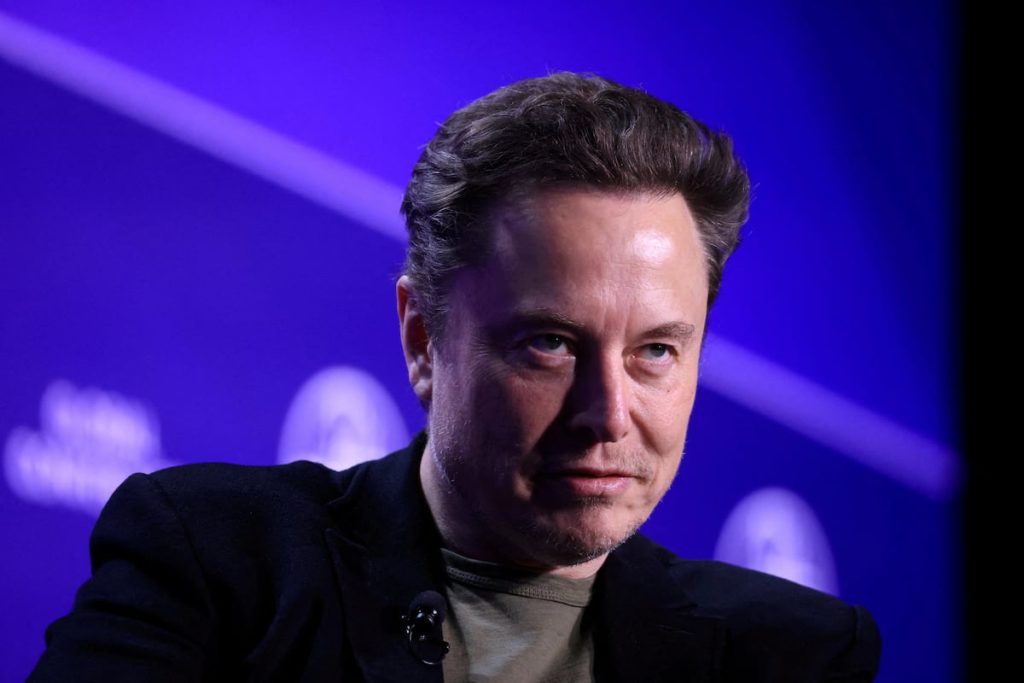The new season begins in Ireland, where a man attacks three children and two adults with a knife in the center of Dublin. False news spreads through private and mass Facebook, Telegram, and WhatsApp groups, claiming that the assailant is an undocumented immigrant and that the children are dead. In reality, the children are alive, and the assailant is a 50-year-old man of Irish nationality, but of Algerian origin. Violent protests erupt with people breaking windows, burning cars, and throwing stones at the police. They target immigrant reception centers, shouting that immigration is an attack against Irish society, blaming the EU’s open border system.
Ireland has a history of street violence and civil unrest, but this movement is different. It is politically dispersed and seems to be led by digital influencers who use social media’s hyper-personalized distribution to appeal to a wide spectrum of the population. They march together under the tricolor flag of the Republic and the Union Jack, along with Fenian flags, invoking nostalgia for armed struggle among a generation that did not experience it. Despite their irreconcilable differences, they unite to attack reception centers, burn shisha bars, and chant anti-Islam slogans, driven by low incomes, deteriorating basic services, housing crisis, and rental bubble.
In response to the incidents in Ireland and England, the far-right in the US and France call for civil war, while prominent figures like Elon Musk and Steve Bannon amplify anti-immigrant sentiments. In England, a man kills three girls with a knife, sparking violent protests by far-right extremists. They target refugee centers full of girls similar in age to the victims, escalating tensions and leading to fears of civil war. The ultra-right movement in England, centered around figures like Tommy Robinson, is supported by media and funding from US far-right foundations.
In Spain, a masked man stabs an 11-year-old boy, sparking rumors and false accusations against migrants. The incident triggers a wave of xenophobic violence, with the family of the victim calling for a stop to violence based on ethnicity, race, or beliefs. False information spreads across multiple languages, inciting attacks on mosques and hotels housing African migrants. However, it is revealed that the assailant is a white Spanish man with significant mental disabilities, leading to failed attempts to incite further violence against immigrants.
This “movement” for “freedom” began during the pandemic, capitalizing on public anxiety against government measures. Digital activists denounce masks, vaccines, and restrictions, tapping into conspiracy theories and extremist ideologies to galvanize support against the state. They target issues like misogyny, immigrants, and Islam, creating a narrative that justifies violence against marginalized groups. The movement portrays a citizenry rising against their government to protect themselves from exploitation by elites and defend against perceived invasions.
These racist and xenophobic uprisings serve as rehearsals for legitimizing assaults on democratic institutions. Politicians and figures like Nigel Farage and Elon Musk portray measures against hate crimes as attacks on free speech, promoting narratives that frame government actions as dictatorial. The violent rhetoric and actions of these groups are used to push a narrative of revolution against an alleged tyrannical government, posing a threat to democratic principles and fostering division and discord within society.


